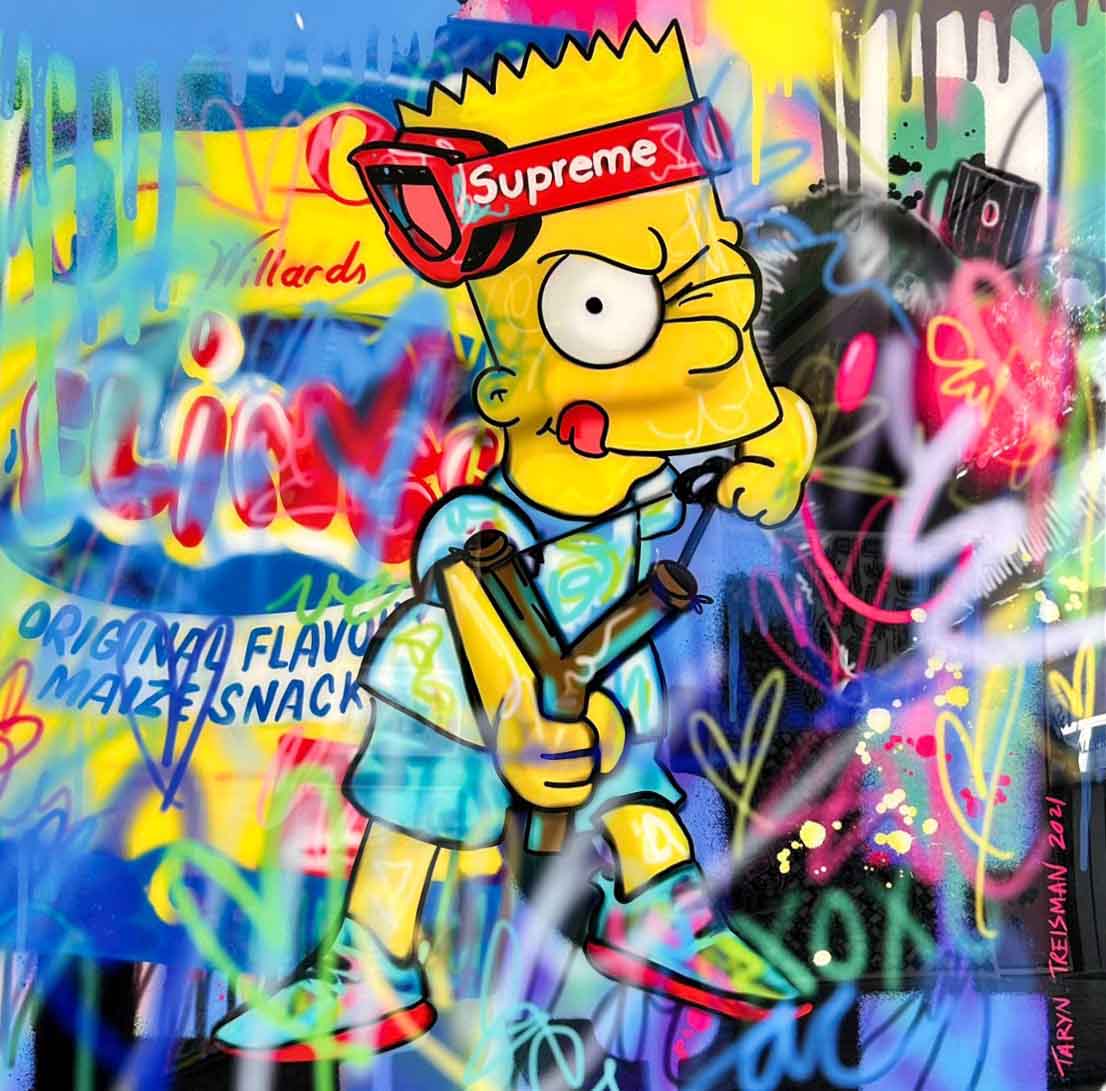Pop Art is here to stay because it celebrates the everyday and encourages us to think about popular culture in a deeper, more meaningful way. It’s a prominent and enduring art form that draws from everyday life, allowing us to examine the impact of popular culture on our lives. It is also incredibly versatile, allowing for a wide range of interpretations and engaging with a wide variety of audiences.
As a result, Pop Art is likely to remain relevant for many years to come.
1. Introduction
Pop art has been around for over sixty years, and yet it still dominates the art world today. Its bright colours, bold shapes, and tongue-in-cheek humour appeal to a wide range of people and make it a timeless source of enjoyment. It is more than just a trend – it has become an integral part of modern art and culture.
Pop art has infiltrated many aspects of our lives, from fashion to architecture to advertising. It has been used to create works of art that are both beautiful and thought-provoking, and it has been used to spark conversations and start movements.
It is here to stay because it offers something for everyone, no matter their age or background. It is a style that is constantly evolving and adapting to the times, making it a relevant and powerful form of art.
2. History of Pop Art and its Cultural Impact
Pop Art is here to stay because it has become an integral part of popular culture and continues to influence how we think about art and culture. It has been used to question traditional values and to create new and exciting visual experiences. It has also become a platform for artists to express themselves and challenge preconceived notions of art. It has helped to break down the barriers between high art and low art and has allowed for a more diverse range of art to be appreciated. Its impact on culture has been far-reaching, from its influence on fashion, advertising, and graphic design to its influence on the way we view art, society, and the world at large.
Pop Art has the power to bring people together, to create new conversations and to challenge the status quo. It has proven time and time again that it is here to stay, and its cultural impact will be felt for years to come.
3. The Iconic Figures of Pop Art: Andy Warhol, Roy Lichtenstein, etc.
Pop art has been around for more than half a century, but its influence on art and culture is still felt today. Its impact can be seen in fashion, music, and even film. Though the style is often thought of as being rooted in the 1960s, its origins can be traced back much further.
Pop art is here to stay because it speaks to our need for self-expression and individuality. It embraces the concept of art as a form of communication, a way to make a statement and to express our own unique perspectives. It is also a great way to challenge the status quo, pushing the boundaries of what is accepted and what is not.
Pop art has the power to change the way we look at the world and, through its bold colours, playful shapes, and iconic figures, it can help us see beauty in the everyday.
4. How Pop Art Has Evolved Over Time
Pop Art has become an enduring art form as it continues to demonstrate its ability to capture the spirit of the times. Its bright, bold colours and its ability to transform everyday objects into works of art make it a powerful tool for expressing popular culture. It has grown in popularity over the years and its unique style has been embraced by both the art world and the public. Its timelessness is demonstrated by its many appearances in art galleries, museums, and even on the sides of buildings.
Pop Art has been used to make political statements, to commemorate significant events, and to celebrate the diversity of cultures. Its versatility allows it to be adapted and change with the times, ensuring that it remains relevant and here to stay.
5. How Contemporary Artists Have Adapted the Style for a Modern Audience
Pop art has seen a resurgence in popularity in recent years and the reasons for this are numerous.
First of all, it has the power to challenge and reflect on the current cultural landscape in a way that is both humorous and thought-provoking.
Additionally, the bright, bold colours and the heavy reliance on popular imagery make it instantly recognisable and appealing to modern audiences.
Finally, the style of pop art is incredibly versatile and can be used to create works that cover a wide range of topics, from political issues to consumer culture.
All of these factors make it clear why pop art is here to stay and will continue to be an important tool for contemporary artists in the years to come.
6. Conclusion
Pop Art has been around for almost 60 years and is still going strong. It has morphed and changed, adopting new trends and techniques, but the core of the art form remains the same: it is bold, colourful and vibrant. It has become a symbol of rebellion and progress, of optimism and freedom. It is an art form that exists outside of the mainstream, an art form that celebrates individuality and celebrates the unique and the extraordinary. Pop Art is here to stay, and it will continue to evolve and surprise us for years to come.


